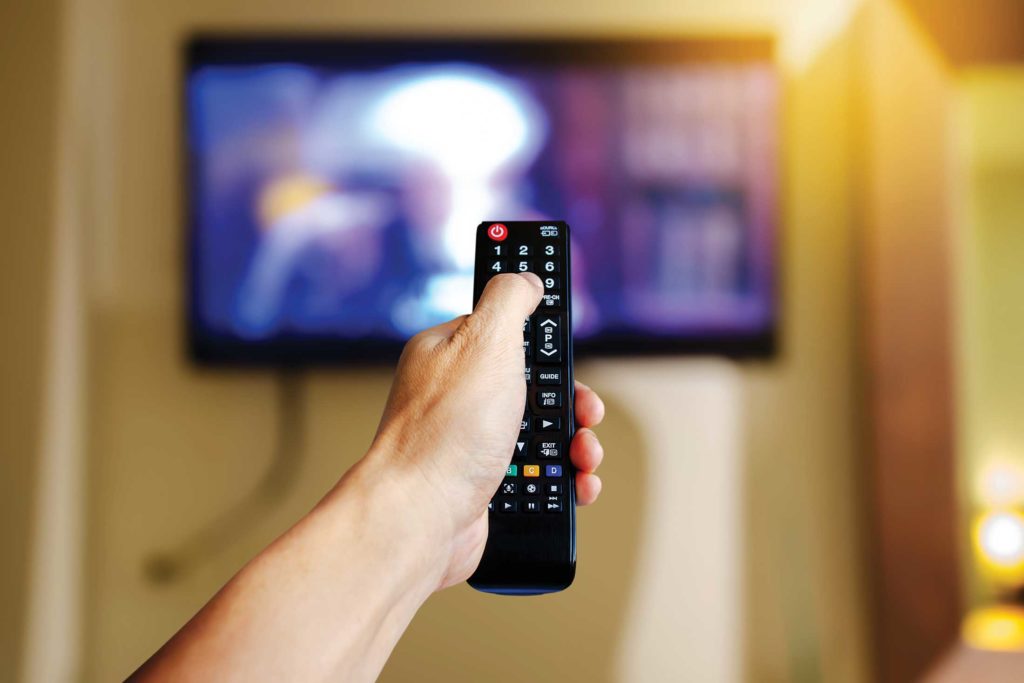This was my first trip to the Masters representing Empower, and I couldn’t be more excited to share what I learned and heard. Here are my 5 key takeaways from the event:
1. Back to Branding Basics
Marketers such as Target, Chipotle, Dunkin’, Buffalo Wild Wings and Pearle Vision discussed how focusing on a clear purpose and putting consumers at the center of everything drives growth.
Tony Weissman revealed how Dunkin’s purpose of “refilling optimism” served as a rallying cry for transformation while Seth Freeman from Buffalo Wild Wings shared how the brand found its way back to being the “place for true fans.” Rounding out the retail food turnarounds, Chris Brandt shared how Chipotle sought to retain its “Food with Integrity” cred by no longer apologizing and celebrating the food it serves.
Target’s transformation was one of the most compelling stories on the stage, as the brand successfully emerged from its biggest sales slump. “It didn’t take a miracle. It took getting back to basics,” said CMO Rick Gomez. Gomez outlined Target’s transformation strategy which focused on “meeting guests in a truly differentiated way” throughout all aspects of the brand experience.
Pearle Vision’s Doug Zarkin described a similar formula with the brand leaning into its local roots and Dr. Pearle’s heritage to deliver the promise of “Genuine Eye Care from your Neighborhood Doctor.” The approach was inspired by both patients and franchisees who had left the brand and spurred more than 5% growth in the eye exam business. “When you talk to people who fire you, they give you a real honest assessment of how you let them down,” explained Zarkin.
Implications for Marketers: Having a clear positioning requires sacrifice and embracing change. “Change is not always comfortable, but in today’s environment, the best work is often not comfortable,” said Gomez.
Here are a few examples of great work that really drove home the power of harnessing a clear positioning and creating engaging storytelling:
2. Doing Good is Good For Business
P&G Chief Brand Officer Marc Pritchard shared how “Brands have a social responsibility to be both a force for good and a force for growth.” Pritchard shared how the CPG giant is leveraging content partnerships with Disney and National Geographic to support broader platforms like clean water and keeping girls in school.
Andrea Brimmer from Ally Bank talked about using the brand as a weapon and being brave amidst the competition to attract heat. And Bank of America’s Meredith Vendome took it a step further in choosing not to lend money to organizations who sell assault rifles.
A few inspiration examples:
Implications for Marketers: Consumers want to know that your brand stands for more than profits. Find out what matters to people and celebrate their values to heighten relevance.
3. Driving Growth Through Diversity And Inclusion
Reflecting the needs and values of diverse audiences is here to stay. Bob Liodice, President of the ANA discussed how the organization is promoting efforts to #seeall and #seeher to heighten diversity and female empowerment.
Rick Gomez from Target shared how the new Auden line of women’s lingerie was designed around body positivity and size inclusivity. “We want women to know the problem is not your body, it’s your bra,” he said.
Ally Bank has seen tremendous success with its Moguls in the Making program, championing entrepreneurship at historically black colleges in partnership with the Thurgood Marshall College Fund and the Sean Anderson Foundation. “We want to be part of the solution, fostering efforts that help increase opportunities for economic growth and education, so everyone has the chance to realize their dreams,” said Brimmer.
Some inspiration stories:
Implications for Marketers: Diversity and Inclusion is not a fad. In a world where relevance drives resonance, brands need to speak to diverse segments to help expand the worldview and ultimately fuel growth.
4. The Dissing of Data
While some marketers like Disney, Hershey and P&G mentioned using data to target specific audiences and create personalized experiences, there wasn’t a whole lot of discussion around data-driven marketing strategy.
Gary Vaynerchuk chastised marketers for throwing all common sense out the window because there was “no report for them to latch onto.”
Mike Messersmith from Oatly talked about how data can be a crutch. “We have a strong belief that unless you are 100% sure you have the right data and are interpreting it in the right way, data can lead you to the wrong decisions.” The company does not believe in research, data analysis or segmentation. “The only thing we have is a voice,” said Messersmith.
Implications for Marketers: Data doesn’t make marketing decisions. Marketers make decisions using data. Marketers should look at data through an emotional lens to deepen resonance and fuel impact.
5. Creative Media Matters More Than Ever
Finally, I walked away from the conference energized and with strong resolve that brands must harness the power of creative media and systems thinking to connect on a human level. The back to basics theme threaded through all the presentations had a hyper-focus on developing human connections. It’s a great time to be an independent agency focused on client impact.
Gary Vaynerchuk talked about how marketers have removed accountability by parsing out creative from media. And that in putting them back together, we will drive growth. Other speakers like Charlie Chappell from Hershey spoke about how “tying creative to media becomes really powerful.”
“The whole notion of humanity is a big theme…. We are building brands and brands are very emotional things. At the end of the day, you have to connect rationally, but also in the heart,” said Meredith Verdone, Chief Marketing Officer at Bank of America.
A little inspiration: Tide’s recent “Not for Laundry” campaign.
Implications for Marketers: Building brand experiences and connected story systems inspired by human impact moments will continue to be critical. By putting people at the center of all we do, everyone wins.























